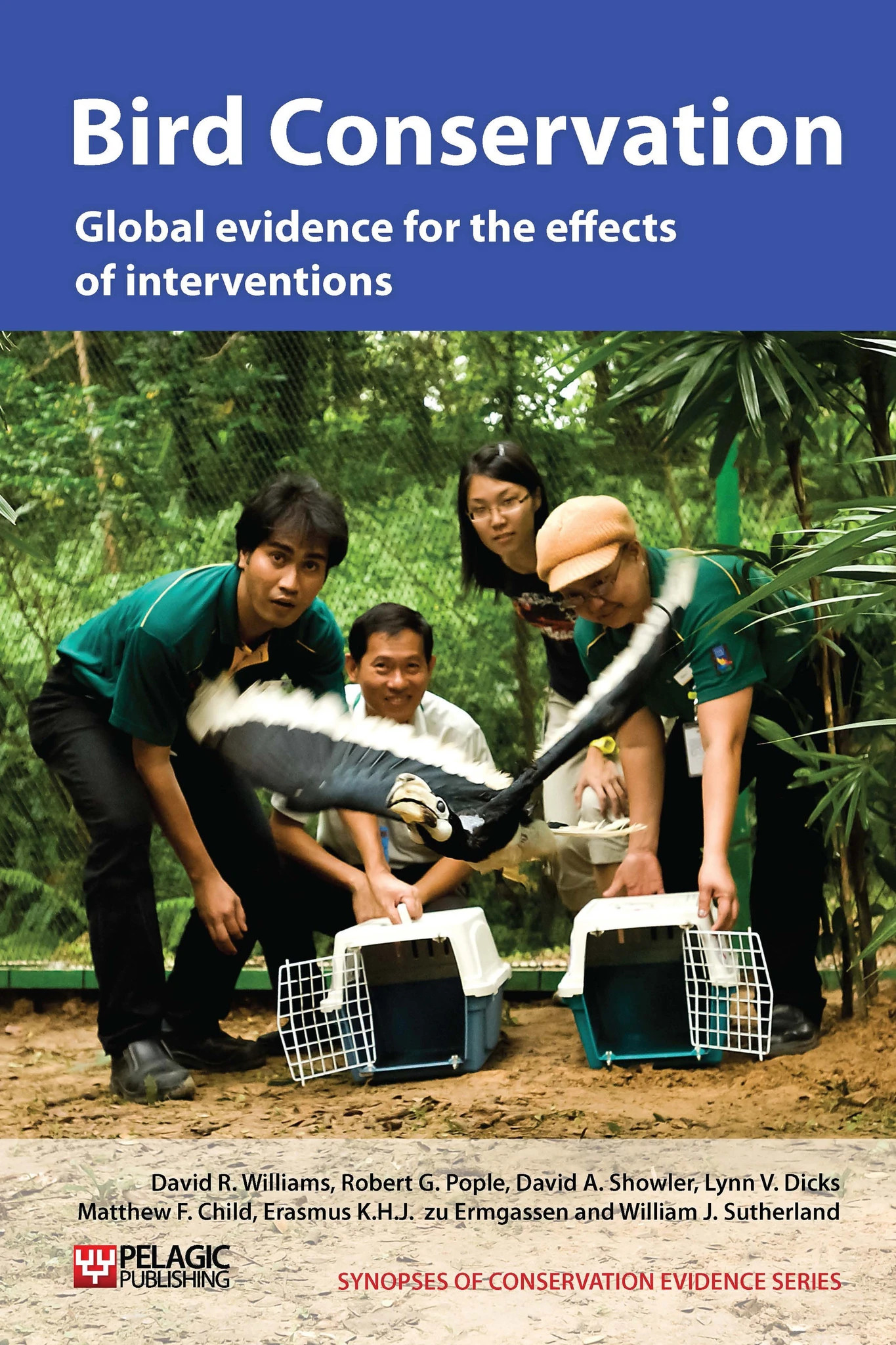Relocate nests at harvest time to reduce nestling mortality
-
Overall effectiveness category Likely to be beneficial
-
Number of studies: 1
View assessment score
Hide assessment score
How is the evidence assessed?
-
Effectiveness
55% -
Certainty
42% -
Harms
0%
Study locations
Supporting evidence from individual studies
A replicated, controlled study from 1987-91 in five areas of cereal fields in southwest Spain (Corbacho et al. 1999) found that nestling mortality of Montagu’s harriers Circus pygarus was significantly lower, and fledging success significantly higher, for clutches that were removed from fields before harvesting, and returned within an hour, compared to control (unmoved) clutches (28% mortality and 75% of nests fledging at least one chick in 72 managed clutches vs. 67% mortality and 29% fledging success in 39 controls). Outcome was highly dependent on clutch age at time of harvest: no clutches less than ten days old at harvest fledged young, whilst nest management increased the proportion of successful clutches aged 11-20 days at harvesting from 14% to 75%. The average harvest date of barley fields was later than for wheat or oat fields, but the small number of clutches (13) in barley fields made it impossible to assess the influence of nesting habitat on unmanaged clutch success. The nature of the crop (wheat and/or oat vs. barley) did not influence breeding success in managed clutches.
Study and other actions tested
Where has this evidence come from?
List of journals searched by synopsis
All the journals searched for all synopses
This Action forms part of the Action Synopsis:
Bird Conservation
Bird Conservation - Published 2013
Bird Synopsis





)_2023.JPG)














